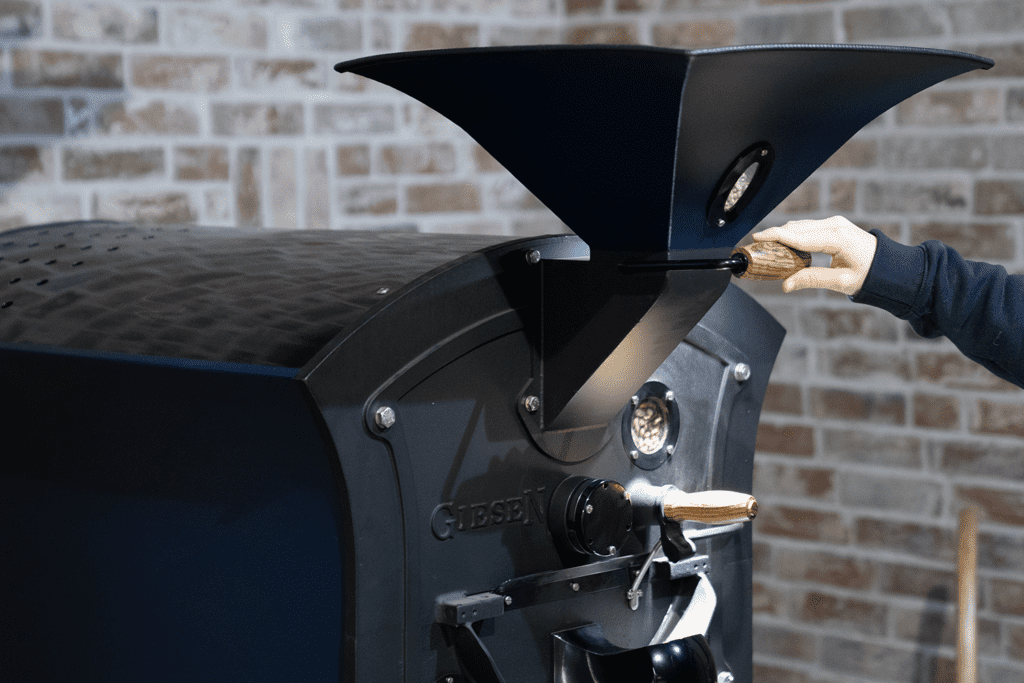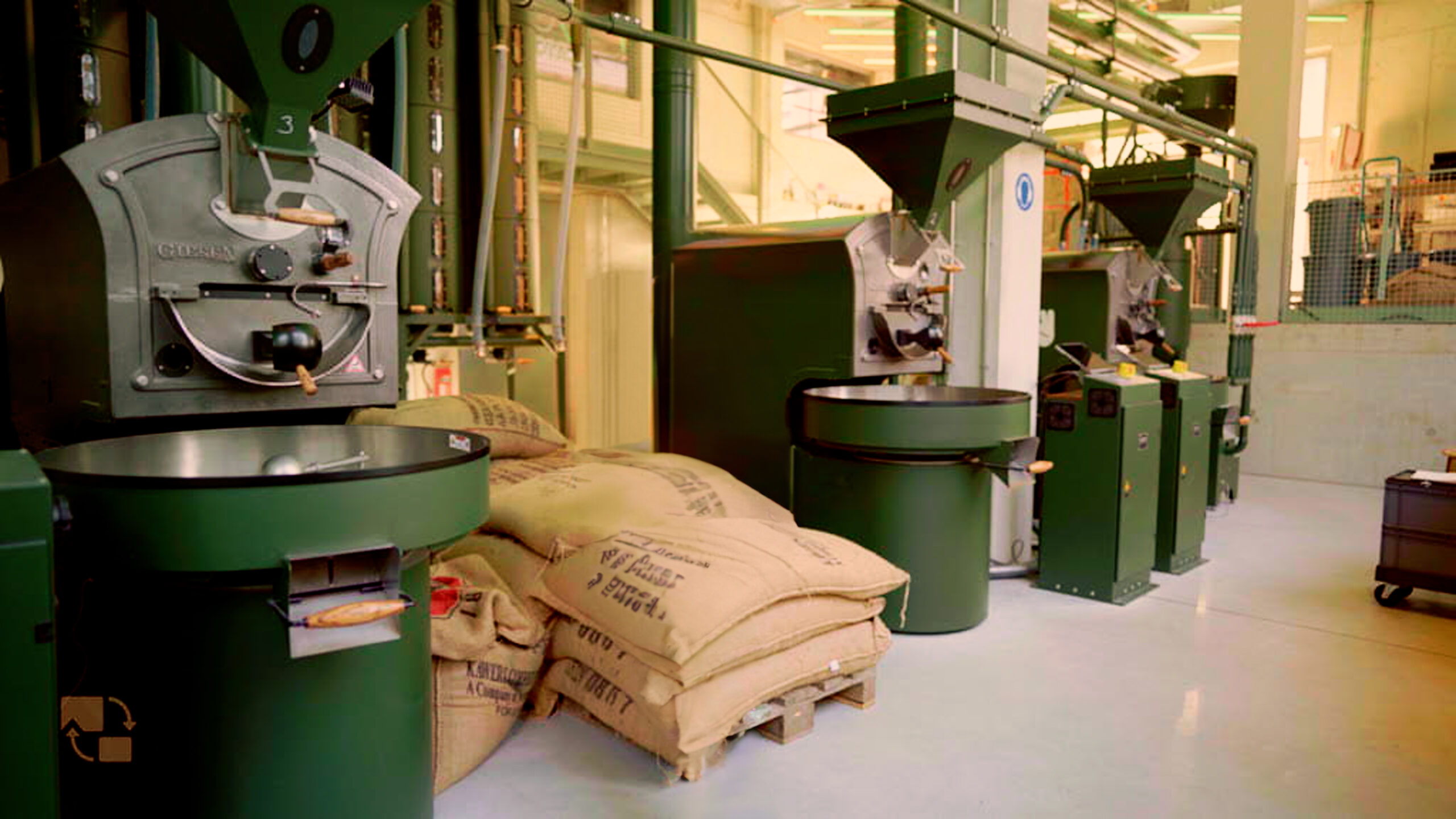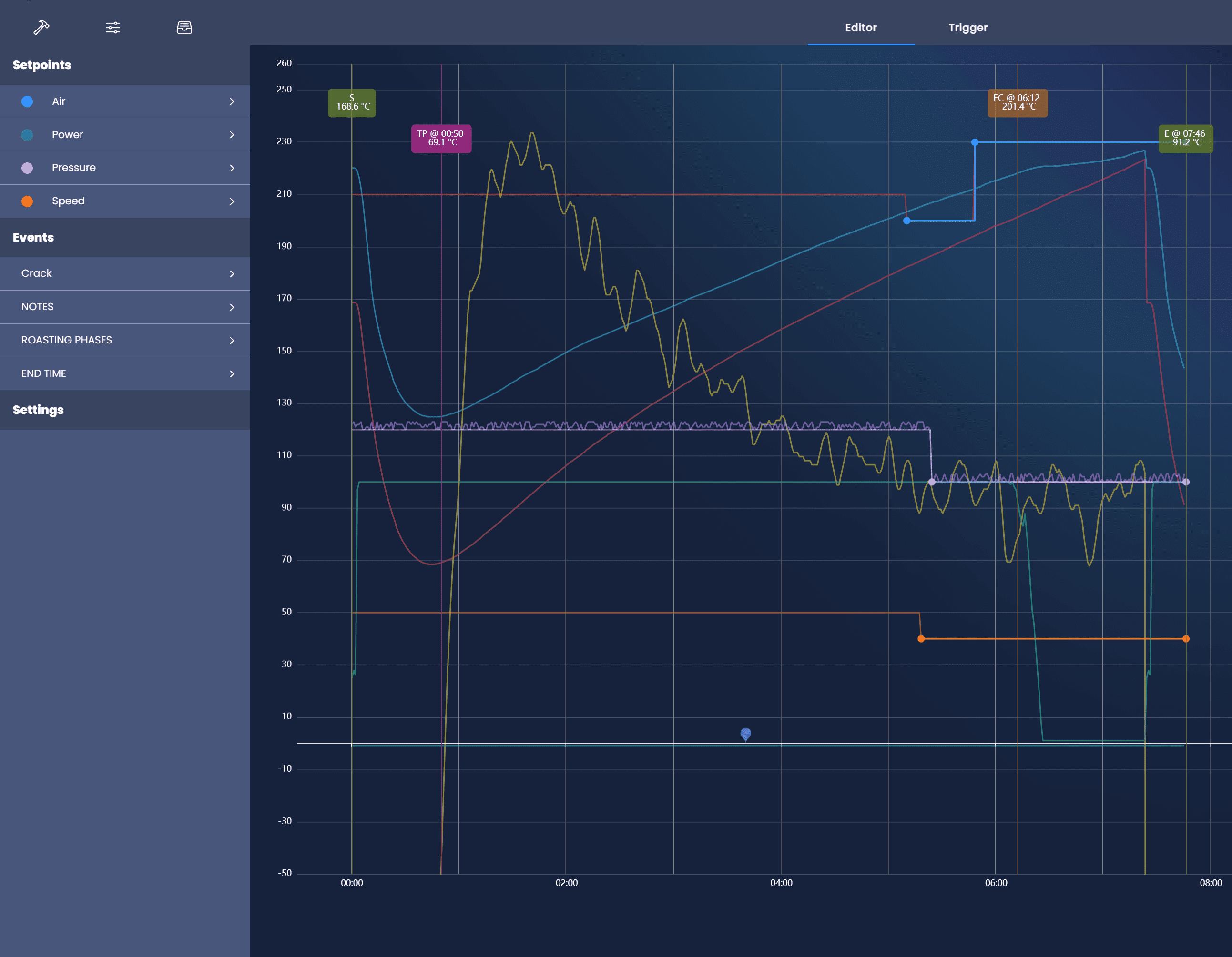In 2015, Australian barista and coffee roaster Sasa Cestic won the World Barista Championships with a memorable presentation featuring a coffee produced with a special fermentation process called “Carbonic Maceration”. His victory had a huge impact. He inspired countless coffee producers around the world to experiment with fermentation protocols to improve the flavor of their coffee. The carbonic maceration process, which was officially introduced in 2015, is just one example of the numerous processes coffee producers are experimenting with today. The fact that we now live in different times as far as coffee is concerned is apparent not only from the changing taste preferences, but also from the new language used to describe the taste profile of coffee.
Today, special fermented coffees are the new trend in the world of specialty coffee. Traditionally, the taste of over-fermented coffee has been considered a serious taste defect and can ruin the quality of the coffee and significantly damage the reputation of the producer.
Fermentation
Broadly speaking, fermentation can be done in two ways. Aerobic (with oxygen) or anaerobic (without oxygen). During the aerobic fermentation, freshly picked coffee cherries or freshly depulped coffee beans are poured into a container, after which the micro-organisms do their job. As a producer, you mainly keep an eye on the time and at least every hour you inspect the consistency and possibly the smell of the coffee. Ultimately, environmental factors such as temperature and relative humidity determine the rate of fermentation. The smell can be a good indication of the build-up of too much acetic acid, which can eventually give the coffee a bad off taste.
For the anaerobic fermentation, the berries or beans are poured into a tank of water. Due to the absence of oxygen, the fermentation proceeds much more slowly; after all, oxygen is an important fuel for the bacteria present. The coffee producer can follow the anaerobic process relatively easily by measuring various values, such as the sugar content of the berries and the temperature and acidity (ph value) of the water. The anaerobic processes are usually more homogeneous in terms of result and flavor profile. One popular example of anaerobic fermentation is the use of carbon dioxide maceration, in which the tank is filled with carbon dioxide. This fermentation technique is preferably carried out with specially designed stainless steel containers that must also be able to be rotated regularly and where the relevant process parameters can be continuously measured. If successful, carbonation maceration can give the coffee a fruity, winey aftertaste. Typically, this process requires a higher investment for the coffee farmer, as well as more specialization and relevant expertise.
Want to see and read more about the tasty world of special fermentation techniques?
Subscribe to gain VIP access to our Behind the Roast video’s and premium material. In our Behind the Roast video’s, Giesen ambassador Willem Boot shares his knowledge and roasting experience while roasting coffee. Learn all about a specific type of coffee, the Giesen roaster controls, material types, coffee tools and much more! So grab a cup of coffee, ask your questions, and learn with Willem! SUBSCRIBE HERE.
Willem Boot
Willem Boot is Brand Ambassador of Giesen Coffee Roasters and founder of Boot Coffee Campus, a leading coffee training institute for the coffee industry. Check the program of specialized courses at www.bootcoffee.com.




